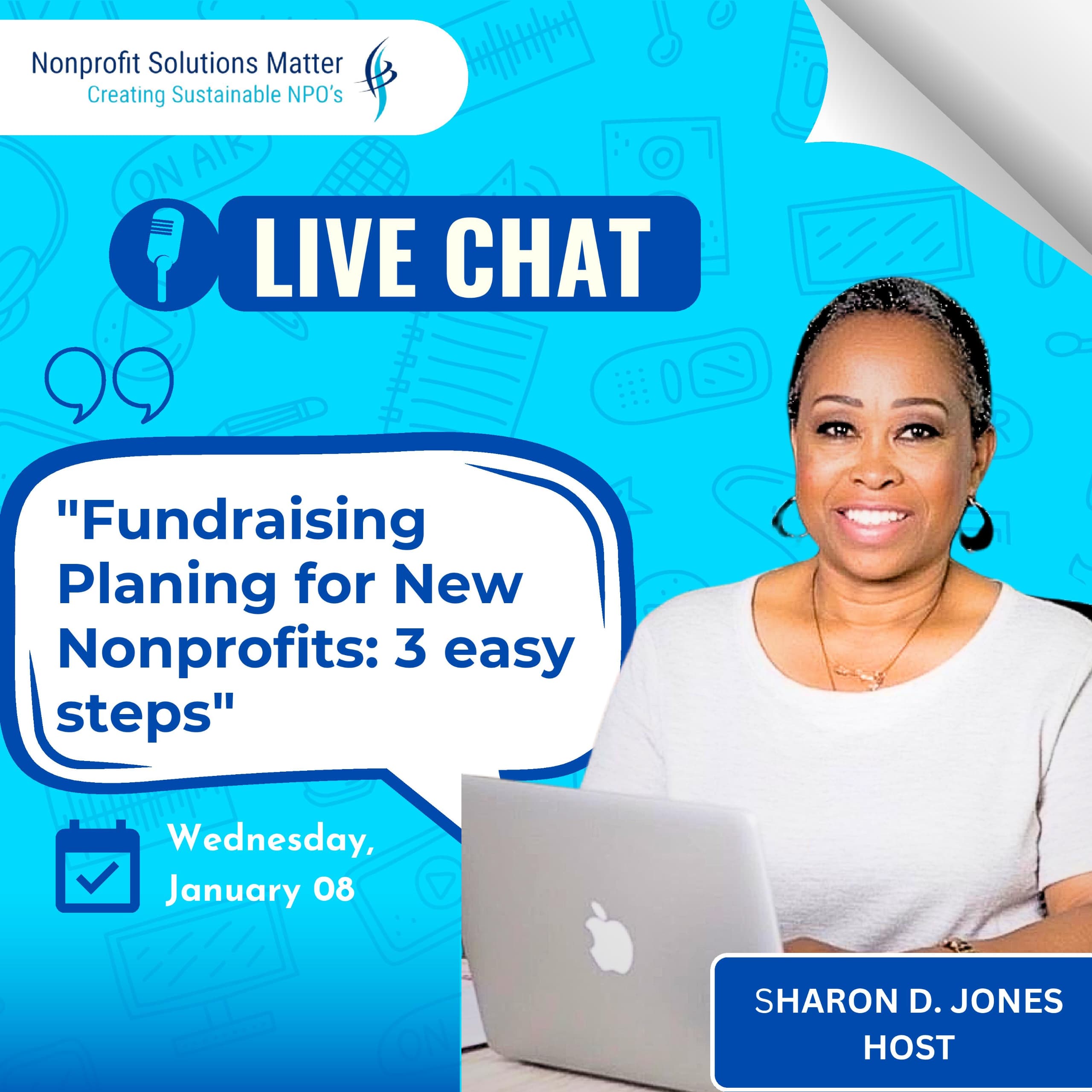Mission Alignment: Why It's Critical
As a nonprofit organization, your mission is at the core of everything you do. It defines your purpose, guides your actions, and shapes your impact on the world. However, mission alignment is not just about having a clearly defined mission statement. It's about ensuring that all aspects of your organization - from your programs and services to your fundraising and communications strategies - are aligned with your mission and working towards the same goals.
In this blog post, we will explore why mission alignment is critical for your nonprofit's success and provide practical tips for ensuring that your organization is truly aligned with its mission.
The Importance of Mission Alignment
Mission alignment is critical for nonprofit organizations for several reasons. First, it helps to ensure that all of your organization's resources are directed towards achieving your mission and making a positive impact in your community. When all aspects of your organization are aligned with your mission, you are better able to focus your efforts and resources on the most important work.
Second, mission alignment helps to build trust and credibility with your stakeholders. When your programs, services, and communications are aligned with your mission, it sends a clear message to your stakeholders that you are committed to achieving your mission and making a positive impact in the world. This can help to build trust and support among your stakeholders, including donors, volunteers, and community members.
Finally, mission alignment is critical for measuring and demonstrating your impact. When your programs and services are aligned with your mission, it is easier to measure your progress towards achieving your goals and demonstrating your impact to your stakeholders. This can help to build support for your organization and attract new stakeholders to your cause.
Tips for Achieving Mission Alignment
Achieving mission alignment requires a comprehensive approach that involves all aspects of your organization. Here are some practical tips for ensuring that your organization is truly aligned with its mission:
Start with a clearly defined mission statement: A clear and concise mission statement is the foundation of mission alignment. Make sure that your mission statement is specific, measurable, achievable, relevant, and time-bound (SMART).
A. Conduct a mission audit: Conduct a comprehensive audit of all aspects of your organization - including your programs, services, fundraising strategies, and communications - to ensure that they are aligned with your mission.
B. Involve all stakeholders: Ensure that all stakeholders - including staff, board members, volunteers, and community members - are involved in the mission alignment process. This will help to build buy-in and support for your organization's mission.
C. Develop a mission-focused culture: Develop a culture that is focused on your organization's mission and values. This can include regular staff training, recognition programs, and incentives for achieving mission-aligned goals.
D. Measure and communicate your impact: Develop metrics for measuring your organization's impact and regularly communicate your progress towards achieving your goals to your stakeholders.
Implementation Strategies for Mission Alignment
Now that we have covered the importance of mission alignment, let's discuss some implementation strategies to help your nonprofit achieve it.
A. Involve all stakeholders: When developing and implementing a mission-aligned strategy, it's important to involve all stakeholders in the process, including board members, staff, volunteers, donors, and beneficiaries. This ensures that everyone is on the same page and understands the organization's mission, goals, and values.
B. Develop a clear plan: A clear plan helps ensure that everyone understands their roles and responsibilities in achieving the organization's mission. The plan should outline specific objectives, timelines, and metrics to measure progress.
C. Communicate regularly: Regular communication is key to ensuring that all stakeholders are engaged and informed. This includes sharing updates on progress, addressing concerns, and celebrating successes.
D. Evaluate regularly: Regular evaluation helps ensure that the organization is staying on track and achieving its goals. Evaluation should include measuring progress against objectives, assessing the effectiveness of strategies, and identifying areas for improvement.
E. Stay flexible: As your organization evolves and changes, so should your mission-aligned strategies. It's important to remain flexible and adapt your strategies as needed to ensure continued success.
Measuring the Impact of Mission Alignment
Measuring the impact of mission alignment is crucial to determine whether your nonprofit's strategies are effective in achieving your goals. It involves evaluating whether your organization is actually fulfilling its mission and whether your strategies are contributing to that mission. Here are some ways to measure the impact of mission alignment:
A. Conduct surveys: Surveys can help you gauge whether your stakeholders are aware of your mission and whether they feel that your organization is living up to that mission. They can also provide feedback on how effective your strategies are in achieving your goals.
B. Track metrics: Develop specific metrics to track progress towards achieving your objectives. These metrics should be measurable, achievable, and relevant to your mission. For example, if your nonprofit's mission is to reduce poverty, you might track the number of people served or the percentage of those who have improved their financial situation.
C. Evaluate outcomes: Outcomes refer to the changes or benefits that result from your strategies. For example, if your nonprofit's strategy is to provide job training to low-income individuals, the outcome might be increased employment rates or improved financial stability.
D. Review financial statements: Financial statements can provide insights into how well your organization is managing its resources and whether your strategies are generating sufficient revenue to support your mission.
Conclusion
Mission alignment is a fundamental component of nonprofit success. It serves as a guiding force for decision-making, goal-setting, and resource allocation. With mission alignment, nonprofit organizations can maximize their impact and demonstrate their value to stakeholders.
At Solutions Matter, we understand the importance of mission alignment and offer a range of consulting services to help nonprofits achieve it. Whether you need help developing a mission statement, aligning programs and services with your mission, or evaluating the impact of your strategies, our experienced team of nonprofit consultants is here to help.
Contact us today at (615) 775-2988 or me@sharondjones.com to learn more about how we can support your nonprofit in achieving its mission-aligned goals.























































